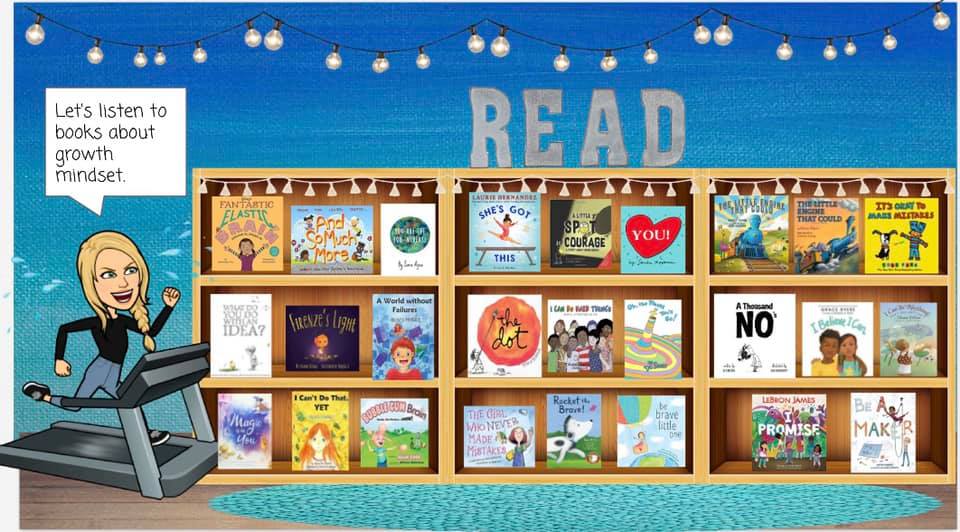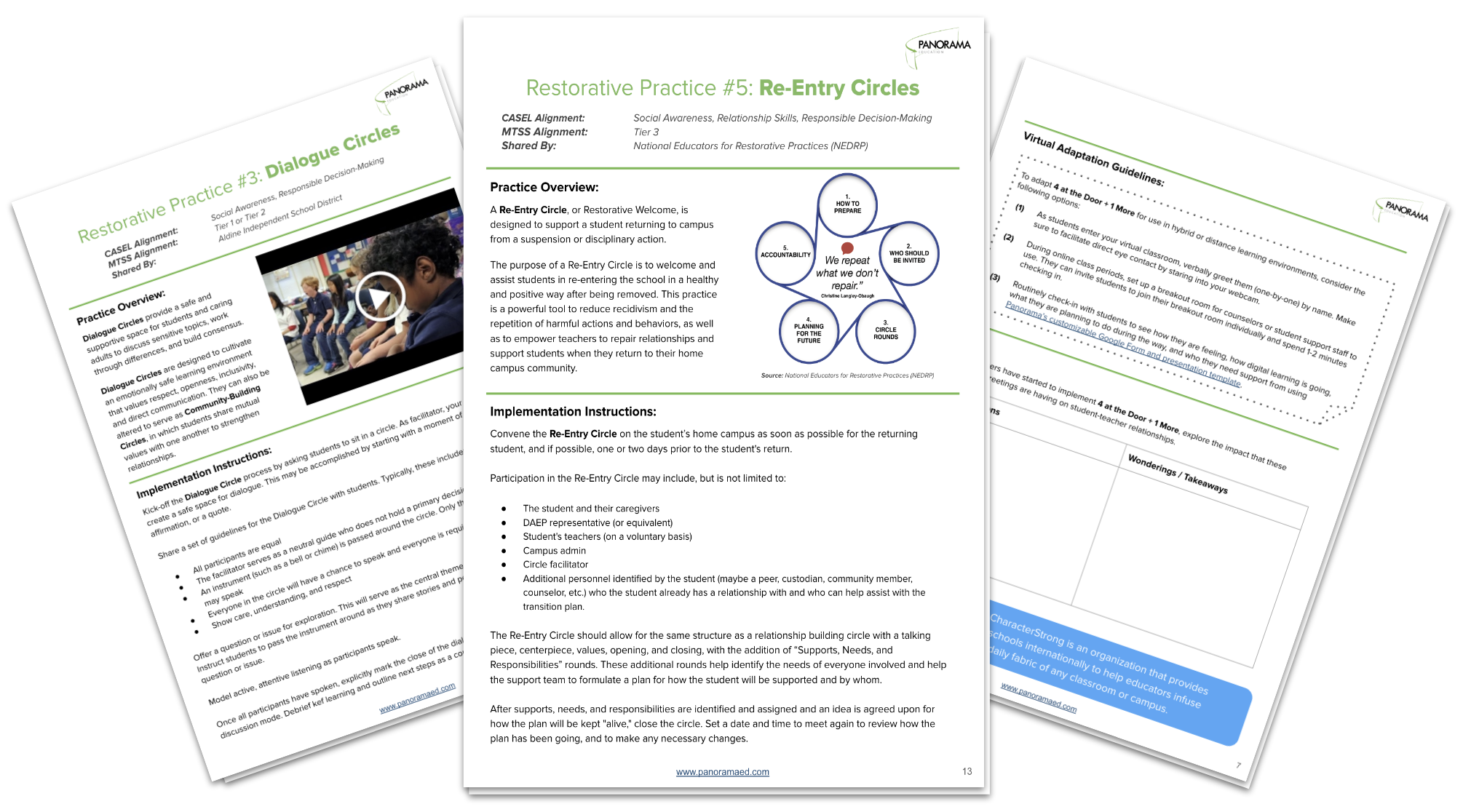Imagine a day in the life of a student in a traditional school setting. First-grade students greet their teachers with special handshakes as they enter the classroom. Principals hand out high-fives in the hallways. Middle schoolers huddle together during homeroom to discuss their favorite TV shows as they wait to hear the morning announcements over the intercom. Fifth graders sit in a circle as their teacher leads them in a mindfulness exercise to start the day present and focused.
In the wake of coronavirus school closures, educators, parents, and students across the globe are coping with a new reality. How can educators continue to foster a sense of belonging with students while schools are closed and learning has shifted online? What are ways to maintain strong teacher-student relationships and keep students engaged?
In this post, we'll explore research on belonging and connectedness, the key tenets of virtual communication for educators, and effective strategies for building virtual connectedness.
Download Toolkit: 5 Restorative Practices for Building Belonging with Students
I. Research on Sense of Belonging
II. Tenets of Virtual Communication and Collaboration
III. 8 Strategies for Building Connectedness Virtually
What the Research Says About In-Person and Virtual Connectedness
Research suggests that students with a high sense of belonging are also happier, healthier, and more engaged learners.
Not only is connectedness linked to better academic outcomes, but students who feel connected to school are less likely to skip school, abuse substances, have emotional distress, or be involved in fighting or bullying behavior.
So, can educators still promote student belonging in virtual spaces? Research from the children’s media field suggests that technology can, indeed, facilitate meaningful connection. Joint media engagement—a relatively new concept—refers to using technology and media as a co-engagement or co-viewing tool between adults and children. Multiple studies show that a healthier way for children to interact with technology (especially screen media) is if an adult is physically or virtually present and participating in usage with the child. The positive benefits increase when the technology delivers high-quality educational content.
This means that educators can design—or adapt—educational activities, virtual lessons, and online social-emotional learning programs to foster connectedness online. That connectedness can be between students and peers, students and their caregivers, or students and their teacher.
"Students with a high sense of belonging are happier, healthier, and more engaged learners... and less likely to skip school, abuse substances, have emotional distress, or be involved in fighting or bullying behavior."
Tenets of Virtual Communication and Connection
Communication (with students and their caregivers) is a key component to helping students build a strong sense of belonging online. Here are some guiding principles for communicating and connecting with students virtually:
- Clear and Consistent. Be clear in your written and oral communication with students and their families. In addition, consistency of timing and cadence can help families anticipate your communications and schedule their days appropriately.
- Proactive and Reciprocal. Proactive communication can help you anticipate the needs of students and your community. It can also encourage students and families to proactively communicate with you and other school staff members, and can ensure that they know the best methods to do so.
- Authentic and Familiar. Maintain the teaching style you use in the classroom to recreate a sense of comfortability for students. This could mean using similar language and phrases that you would use in the classroom.
- Flexible. To meet the needs of all learners, consider multiple options for communication and student participation. Can you call a family to deliver a morning announcement if they do not have access to high-speed internet? Can you provide a pen-and-paper option for a virtual activity? Consider these tips on strategies in special education as children learn from home.
- Creative and Innovative. With so many different virtual tools at your disposal, make sure to take advantage of them. Virtual adaptations are great opportunities to innovate and try something new. See this time as a way to think creatively about ways to reach each student and consider trying tools such as Padlet or Flipgrid.
"To meet the needs of all learners, consider multiple options for communication and student participation. Can you call a family to deliver a morning announcement if they don't have access to high-speed internet? Can you provide a pen-and-paper option for a virtual activity?"
8 Strategies for Building Connectedness Virtually
1. Host a virtual morning meeting.
In typical classroom life, routines are an important way to build connection. Create ways for students to still experience these routines at home! Virtual morning (or afternoon) meetings via a web conferencing service, like Zoom or Google Hangouts, are one way to bring students together routinely -- whether that means hosting a check-in circle, connecting with social-emotional learning activities, or participating in group mindfulness practice. If a student is unable to attend, you might invite them to write a message to their classmates in advance that you can share during the meeting.
Download this toolkit to access templates for virtual morning announcements.
2. Record and share videos or audio clips.
To simulate daily or weekly announcements that students hear over the intercom, consider recording short video or audio clips and sending them out via email or text. These announcements can include student birthday shout-outs, important resource information, or updates on school policies. For students without access to high-speed internet, try calling by phone instead. Many educators recommend rotating through groups of students each day to make the phone calls manageable.
3. Take your class on a virtual field trip.
Many museums, zoos and cultural centers are offering digital tours for free. You and your students can go together (or asynchronously) to museums in Sao Paulo and Paris, watch live footage of animals at a zoo, or walk through Yellowstone National Park. To supplement this activity, consider creating a scavenger hunt for students as they explore individually, and then come together to share-out findings and wonderings in a chat room or video conference.
4. Send daily or weekly newsletters to families and/or students.
Get creative with these communications! Consider recording and uploading a video to include in the email. Many teachers have recorded themselves reading a children’s book, conducting a science experiment in the kitchen, or even delivering a short lesson. You can also include academic lessons or SEL strategies to try at home. If you are already using a tool for family engagement (such as ClassDojo or Remind), you can use the messaging capabilities in those apps to send the newsletters.
5. Build a virtual classroom hub, website, or blog.
Using Google Classroom, Google Sites, WordPress, or other free services, you can create a class website or blog for your students to access. Once built, you can add various activities—from virtual journaling to resources for additional learning and movement.
6. Moderate a classroom chat or discussion board.
Host small or large online chats with students using platforms such as Zoom, Canvas, or Google Hangouts. Provide prompts to students ahead of time, especially if you’ll be discussing academic content. You can also position the online chats as quick check-ins or informal time for students to connect . Students can also submit ideas about what they’d like to chat with their peers about.
7. Host informal office hours.
Dedicate one to two hours per week to holding office hours in a video conference or chat room. This can allow for students, caregivers, or fellow teachers to connect with you to ask questions, share how they are feeling, or just say hello.
8. Collect and share virtual notes of gratitude and appreciation.
Over the course of a week, ask students to submit notes of appreciation about their peers. Compile these notes in a slide deck or on your classroom website to share with students, caregivers, and staff.
Download this toolkit to access templates on Google Forms and Google Slides for "notes of gratitude."
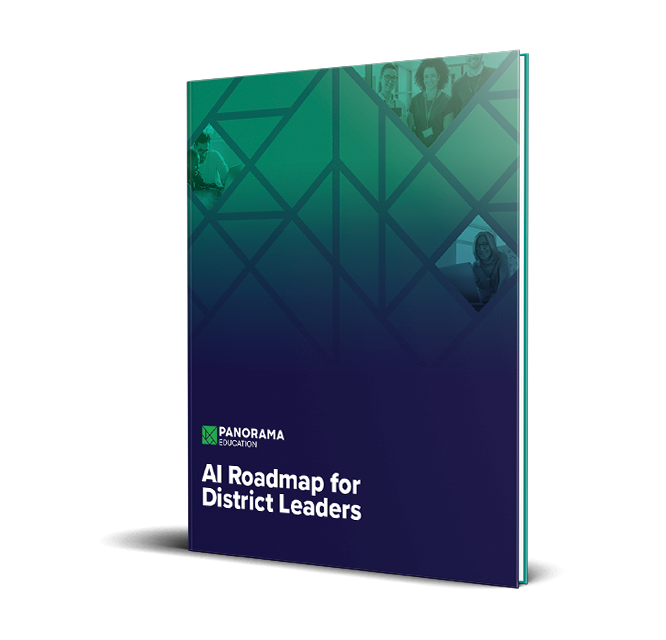

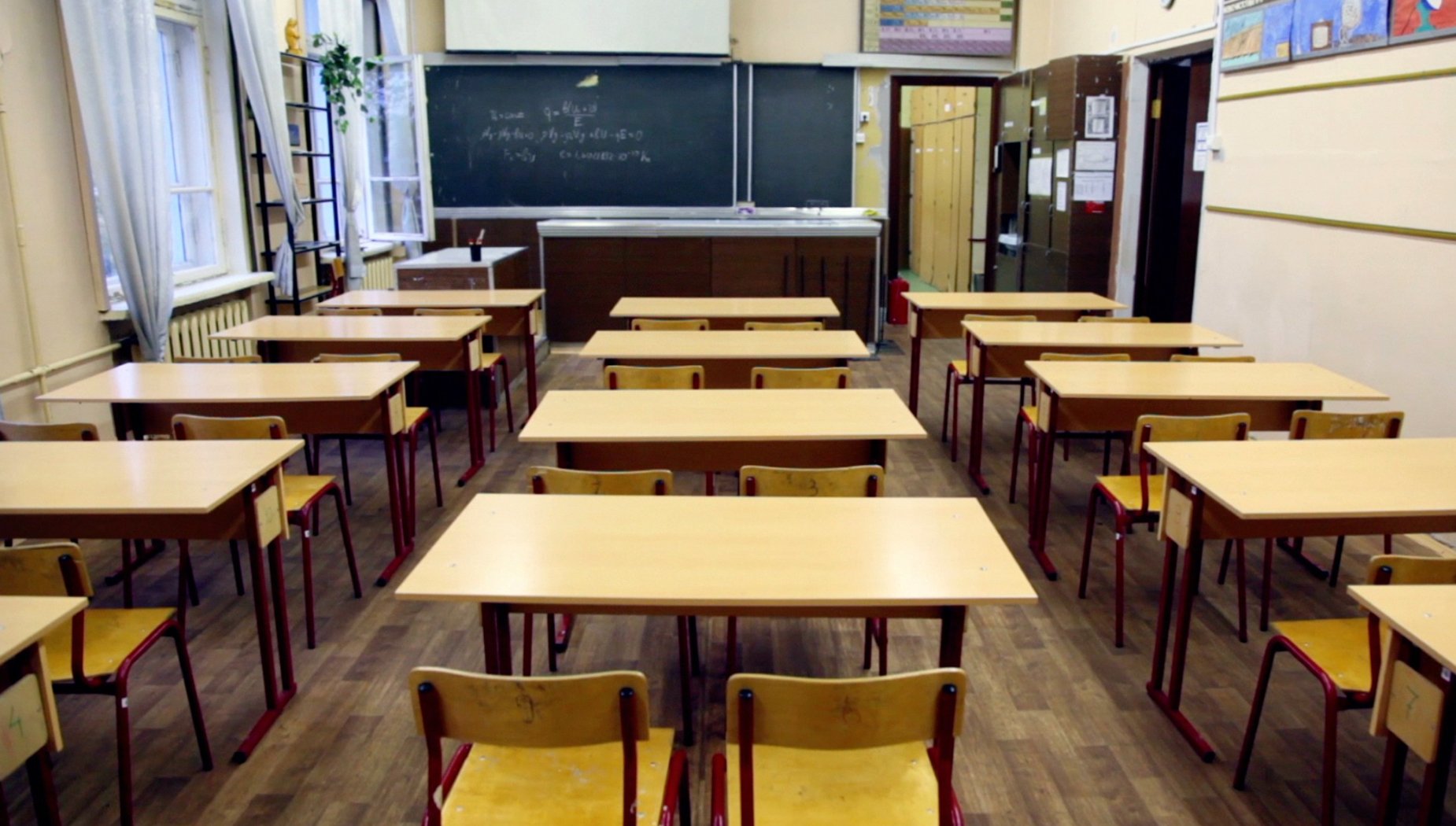
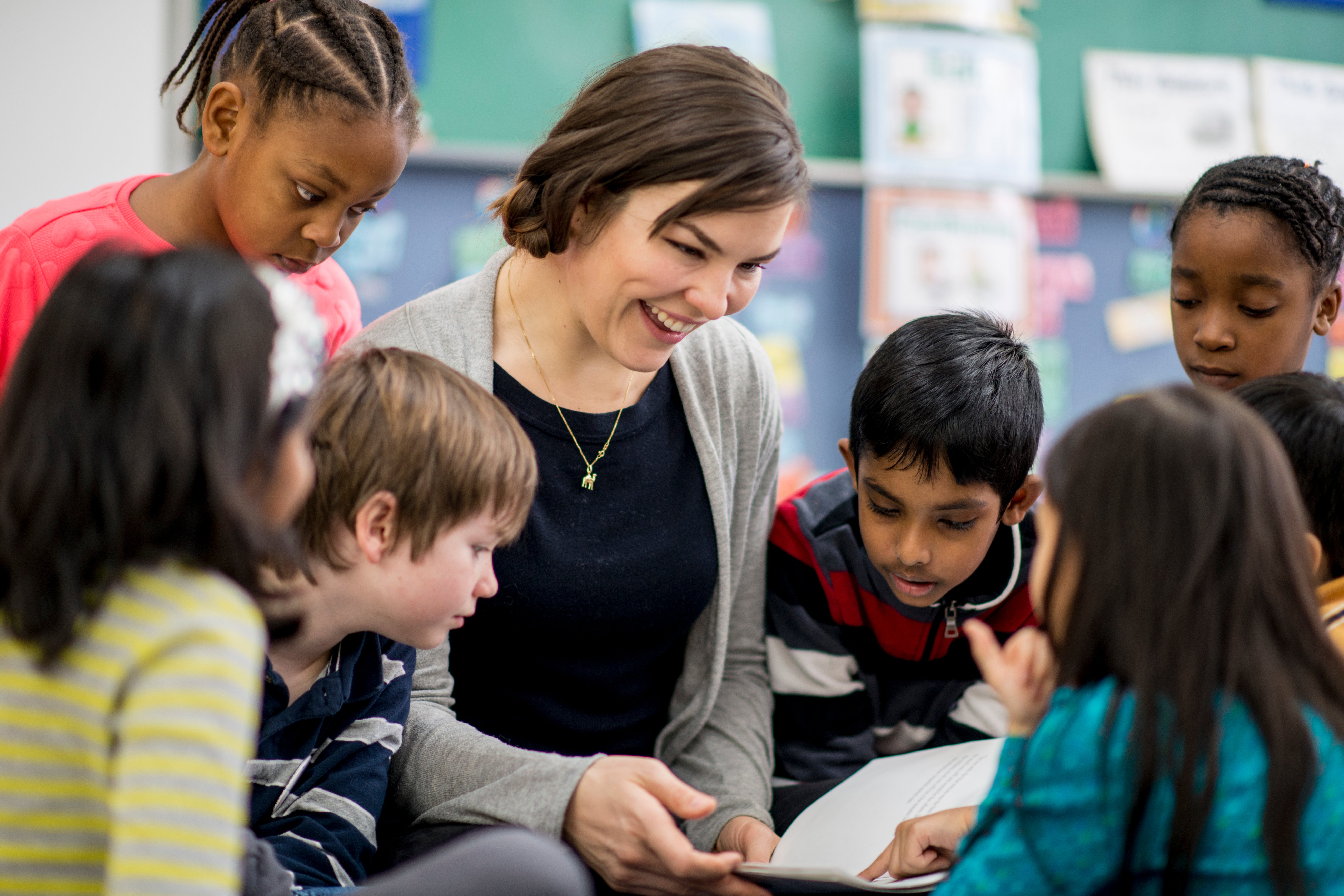
![101 Inclusive Get-to-Know-You Questions for Students [+ PDF Download]](https://www.panoramaed.com/hubfs/get-to-know-you-questions-for-students.jpeg)
